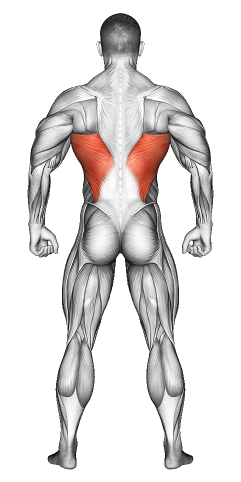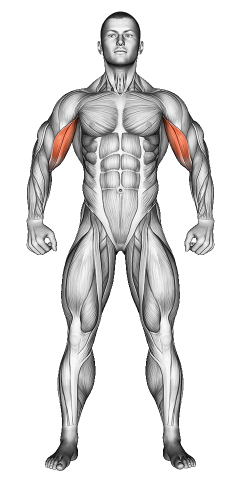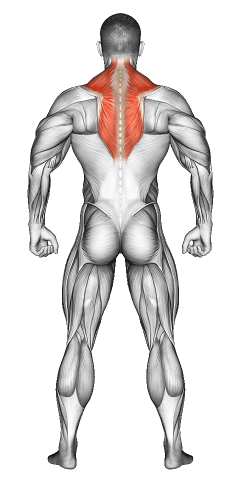Pull Up: Video Tutorial & Exercise Guide

Written By: Claude Michael
Updated: Oct 13, 2024
| Workout | Pull Up |
| Primary Muscle Group | Lats |
| Secondary Muscle Group | Biceps, Traps |
| Equipment Required | Pull-up Bar |
| Force Type | Pull |
| Mechanics | Isolation |
| Exercise Type | Strength |
| Difficulty | Beginner |
Pull Up: Video Tutorial & Exercise Guide
Pull Up: Step-by-Step Guide
- Step 1: Grab the pull-up bar with an overhand grip, hands slightly wider than shoulder-width apart. Your arms should be fully extended, and your feet off the ground. Engage your core and maintain a hollow body position.
- Step 2: Initiate the movement by pulling your shoulder blades down and back. Focus on driving your elbows down as you pull your chest up toward the bar.
- Step 3: Continue pulling until your chin clears the bar. At the top, squeeze your shoulder blades togClaude to maximize back engagement.
- Step 4: Slowly lower yourself back to the starting position, fully extending your arms while maintaining control and avoiding swinging.
- Step 5: Repeat for the desired number of reps, maintaining proper form and avoiding any jerky or kipping motions unless doing a specific style like kipping pull-ups.
Pull Up: Overview
The pull-up is a classic bodyweight exercise that targets your upper body, particularly the back, biceps, and core. It’s a key compound movement that builds strength, muscle endurance, and enhances overall body control.
Although challenging for many beginners, the pull-up is one of the most effective exercises for developing upper-body pulling strength. It’s highly scalable, with variations like assisted pull-ups or weighted pull-ups available to suit any fitness level.
Pull Up: Benefits
Pull-ups primarily work the lats, rhomboids, and traps, while also engaging the biceps and core. They help improve grip strength, shoulder stability, and contribute to better posture.
Regular pull-ups also enhance your functional strength for everyday tasks and athletic movements. Beyond aesthetic benefits like building a wider, stronger back, pull-ups can improve overall athleticism and support other lifts, like deadlifts and rows.
Pull Up: Pro Tips & Advanced Techniques
For optimal results, focus on pulling with your back muscles rather than your arms. To activate your lats, think about driving your elbows down and back as you pull. Avoid using momentum, and control both the upward and downward phases of each rep. Ready to challenge yourself? Try weighted pull-ups or switch to a narrower or wider grip for added variety and muscle engagement.
Pull Up: Progression Plan
Beginner
Intermediate
Advanced
Pull Up: Frequently Asked Questions (FAQs)
What muscles do pull-ups target?
+Pull-ups primarily work the lats, rhomboids, traps, and biceps. They also engage your core, forearms, and shoulders for stability and control.
What’s the difference between pull-ups and chin-ups?
+Pull-ups are performed with an overhand grip, targeting the back muscles more, while chin-ups use an underhand grip, placing more emphasis on the biceps.
How do I increase my pull-up strength?
+Start with assisted pull-ups or negative pull-ups, focusing on the lowering phase. Gradually reduce assistance and incorporate additional sets and reps as you build strength.
How often should I do pull-ups?
+Incorporate pull-ups 1-2 times per week as part of your upper-body or back routine. They pair well with other pulling exercises like rows or deadlifts.
What common mistakes should I avoid?
+Avoid swinging or using momentum, as this reduces the effectiveness of the exercise. Focus on a slow, controlled motion, keeping your core tight and body stable throughout the movement.
Share
Don’t Wish for It, Work for It – Join the FlexXP Newsletter Today!
Thank you for signing up for the FlexXP Newsletter!
This site is protected and the Google Privacy Policy and Terms of Service apply.


